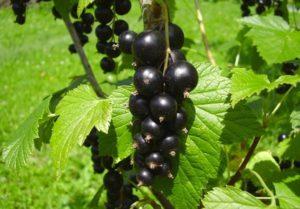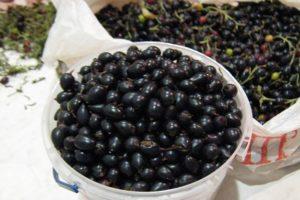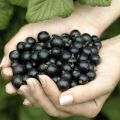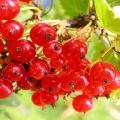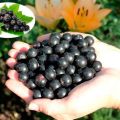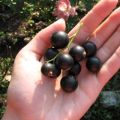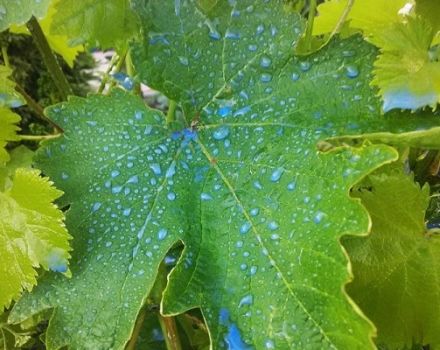Description and characteristics of the Veloy currant variety, planting and care
Veloy currant is an early-ripening berry crop that is popular among gardeners. She pleases with her early bountiful harvest of sweet berries. The variety is characterized by increased resistance to low temperatures and heat resistance. Unpretentious, does not require special care rules.
A bit of history
A variety of black currant varieties is Veloy - the result of crossing the Leningradsky giant and Ojebin varieties, obtained within the walls of the All-Russian Research Institute for Plant Growing. N.I. Vavilov. In some sources, Veloy is called the Leningrad Sweet.
Main advantages and disadvantages
Veloy currant, like any berry crop, has its positive properties and disadvantages.
Positive sides
Gardeners growing Veloy currants note the following advantages:
- Young shoots of a varietal plant are distinguished by a good growth result, from them a decent harvest can be obtained from them already next year.
- Large fruits delight with excellent taste.
- Veloy provides gardeners with a stable, voluminous berry harvest. With proper care, one berry bush can yield up to 4-5 kg of sweet fruits.
- The berries are versatile to use. They are delicious when eaten fresh, and are also great for home processing, you can dry and freeze them.
- Veloy is a self-pollinated crop; it is not required to plant other varieties on the site for pollination.
- The berries have a dense structure, so they are kept intact during transportation.
- Differs in winter hardiness and resistance to diseases and pests.
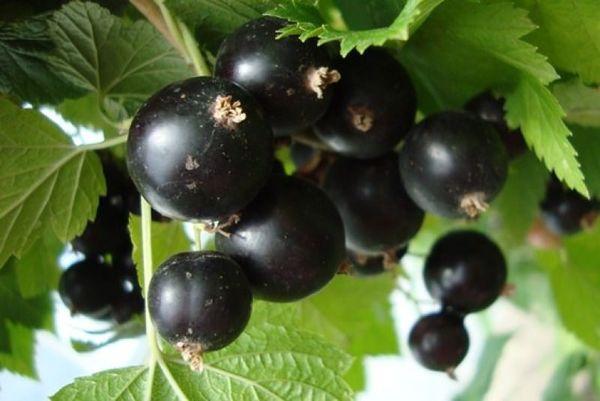
disadvantages
The Veloy variety has no particular noteworthy drawbacks. But you still need to keep in mind:
- berries ripen at different times, this causes problems when harvesting, you have to collect in several stages;
- although the description says that the fruits come off dry, but the overripe berries burst and leak.
As you can see, there are more advantages than disadvantages. This makes the Veloy variety popular among gardeners.
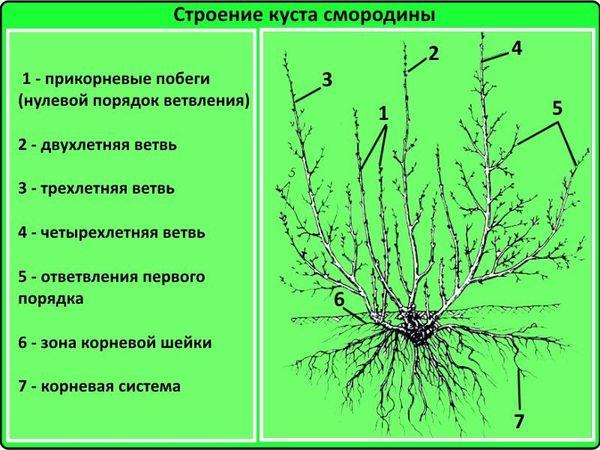
Description of Veloy currant
Bushes and root system
Veloy currant bushes are semi-spreading, without thickening. The life of a berry culture begins with the formation of basal annual shoots, which are called increments.On annual growths, buds are laid, growing in the lower part, a growth shoot with a brush in the middle part of the bush.

The shortened fruit branch is located in the apical part, it is from such 1-2 year old branches that the main harvest is obtained. Currant shoots of different ages are erect. Branches in the first year of development with an uneven pinkish color have pubescence. Branches 3-4 years old have a beige or gray-brown tint.
The root system of the bushes is fibrous, the roots are not located very deep (from 30 to 60 cm), therefore, regular watering of the bushes is required in dry summers.
Bloom
Large flowers are glass-shaped, bisexual, greenish-white with a delicate pink tint. The petals are rounded and collected in an egg-shaped cup. Each brush has up to eight evenly spaced ovaries to form berries.
Berries and yield
Rounded currant berries are large, thin skin is black with a glossy sheen. The fruits are tender and juicy, sweet, the sugar content is high, reaching 9.9%. Each cluster ripens from 1.6 to 3.5 g of fruits.
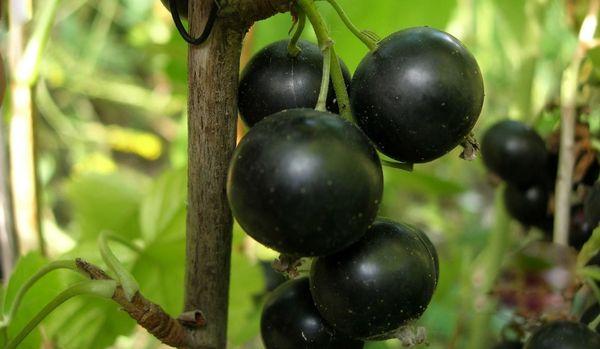
Important! With proper agricultural technology, you can take 5-6 kg of fruits from the Veloy bush.
Characteristics of culture
Resistant to drought and low temperatures
The early-growing variety Veloy is distinguished by increased winter hardiness, and drought resistance is also characteristic of it. It was bred for central Russia, therefore it is adapted for cultivation in cold regions. Can successfully withstand cold winters and summer heat.
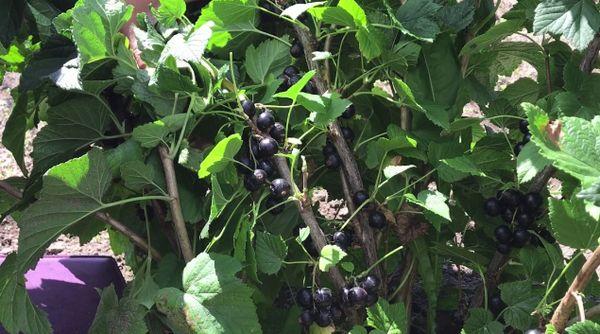
Exposure to insects and disease
Veloy currant can be affected by kidney mites, aphids, anthracnose and powdery mildew. The variety is resistant to diseases and pests. To prevent their appearance, the bushes must be treated in the spring with a solution of nitrafen or chlorophos with karbofos.
Planting a bush
Its further development directly depends on the correct planting of the Veloy currant.
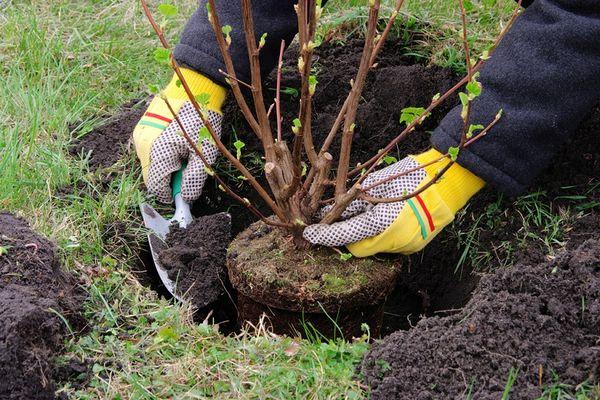
Pre-planting works
Veloy currant responds well to fertile soil with a weak alkaline index.
The place for planting currants should be even or slightly flat to prevent stagnation of water, as well as illuminated and protected from through winds.
The area for currants is dug on a full bayonet of a shovel with the introduction of manure, superphosphate and potassium fertilizer. Can be dug up in the fall for a spring planting. They dig round pits to a depth of 30-35 cm, with dimensions of 40 by 40 cm, put drainage (expanded clay or gravel), cover three quarters with fertile soil with fertilizers (1-2 buckets in each pit of humus, 200 g of superphosphate, a glass of ash) , mix fertilizers with soil.
Planting seedlings
Ready-made seedlings must be kept in a growth stimulator for about a day. Can be soaked in a solution of ordinary natural honey with the addition of a tablespoon to a bucket of water. The aerial part of the planting material is shortened before planting to 15-20 cm.
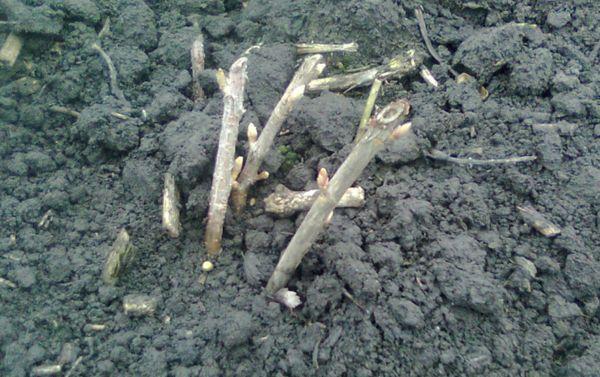
The currants are planted obliquely, leaving 2-3 buds on each shoot. It is abundantly watered at the rate of 4-5 liters of water in each hole, part is poured under the roots, the rest after filling. The roots of the seedling are carefully straightened, covered with soil, shaken so that no voids remain. To retain moisture in the soil, the ground around the bushes must be mulched with sawdust, humus or peat can be used.
Plant care
Irrigation
Veloy currant is a moderately moisture-loving berry culture, it is watered in early spring and autumn before wintering. Sprinkler irrigation can be used on dry days. The plant requires a lot of water during flowering and during fruit setting.
Attention! Veloy does not like excess water. Bushes with excessive moisture can become covered with lichens.
Top dressing
Currant bushes are demanding on nitrogen fertilizers, with a lack of them, the berries become small, the growth of shoots may stop.Nitrogen feeding can be made in the form of an infusion of herbs, mullein, bird droppings.
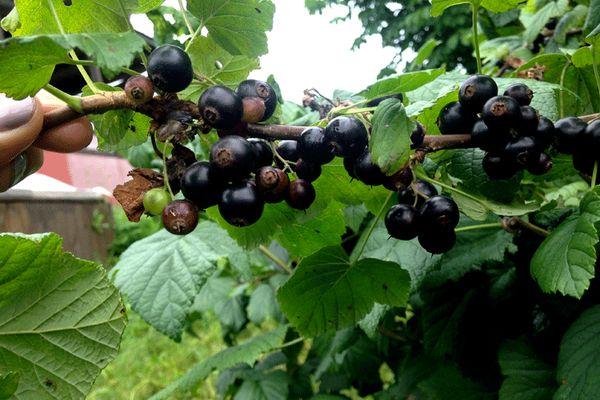
The lack of potassium also affects the berries, they become less sweet. Potassium, along with other trace elements, is contained in wood ash, for this purpose it is often poured under bushes.
Top dressing is necessary in the spring and autumn, as well as during the filling and ripening of fruits.
Loosening the beds
When caring for currants, oxygen access to the root system is important. For this, the soil must be kept loose. Loosening under the bushes should be done after watering and rain, carefully so as not to damage the roots of the currant.
Formative pruning
In order for Veloy currants to please with an abundant sweet harvest, it is necessary to prune every year (in spring, summer and autumn) using a garden pruner. An autumn pruning procedure is necessary to remove old branches and excess unproductive shoots.
In spring, broken and diseased branches are cut, each of the healthy branches is pruned by 5 cm. Some of the healthiest, strongest and most productive shoots are left. Starting from 5-6 years, skeletal branches that have lost their productivity are removed.
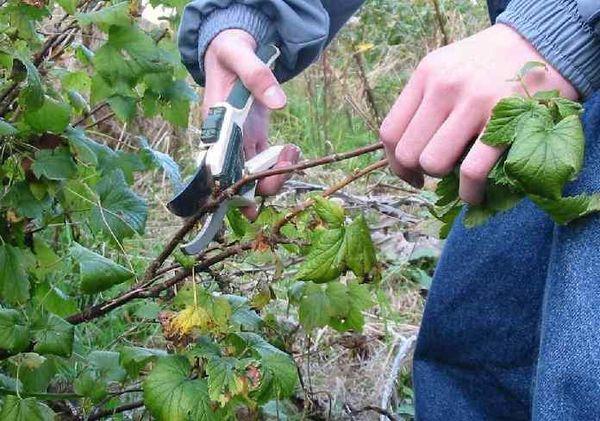
In summer, you can cut branches lying on the ground, weak with small branching. Thus, the formation of currant bushes is carried out with a predominance of strong developed and productive shoots. Every year, after pruning, 4-5 branches from several generations are left near the currant bush. After 3-4 years, the plant will grow over 15 skeletal productive branches.
Preventive treatments
Without preventive treatments, it is impossible to achieve good growth and a bountiful harvest from currants.
Regularly you need to inspect the bushes and get rid of diseased buds, leaves and shoots.
In early spring, when the snow under the plants has not completely thawed, the currant bushes are poured over with hot water. With the use of such a hot shower, the pathogens of the kidney mite and scabies are destroyed. This is a good prevention of powdery mildew.
All these simple methods will help save currant bushes from diseases and pests.
How to cover plantings for the winter
After carrying out preventive measures, watering, feeding and processing, they begin to prepare measures to shelter currants for the winter. The branches of the bushes are pulled together with a rope towards the top in a spiral. This method will help preserve the buds on the shoots, since there will be no friction against each other.
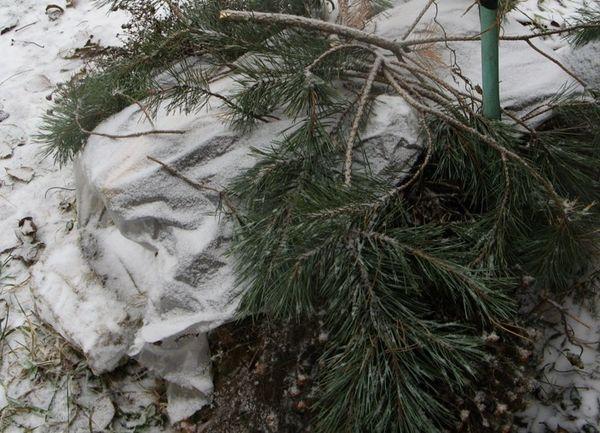
You can bend the shoots to the soil, cover the branches on top with plywood, slate or other improvised material. You can wrap the currants with insulation, for example, agrofiber.
Covering the bushes too early is not recommended; fungus may develop from high humidity.
Breeding methods for Veloy currants
Currants are propagated by cuttings, layering and dividing the bush. Propagation by cuttings is the most common method. Cuttings are cut in October from annual growths with a length of 15-20 cm, removing the leaves. They are planted obliquely, leaving two buds on the surface of the earth, watered and mulched.
When propagating by layering, strong annual shoots are chosen before flowering, bent to the ground and fixed with wire hooks, laid in grooves about 10 cm deep. In autumn, bent branches are cut off from the mother bush and planted in a permanent place.
Reviews
Gardeners speak well of Veloy currants. They note its unpretentiousness in care, productivity. They are unanimous in the opinion that with proper care of berry bushes, currants provide an abundant harvest of sweet fruits.
Valentina, 46 years old, Novosibirsk
Veloy currant seedlings were purchased with her husband in the nursery. We have been growing it for 4 years. We believe that the variety is fertile and pleases us with a harvest of large and sweet berries. It does not cause difficulties in leaving.
Vladimir, 25 years old, Moscow region
The mother is engaged in gardening. In summer, at my mother's dacha, I feast on the berries of the Veloy currant. Very sweet and aromatic.
